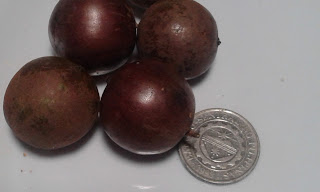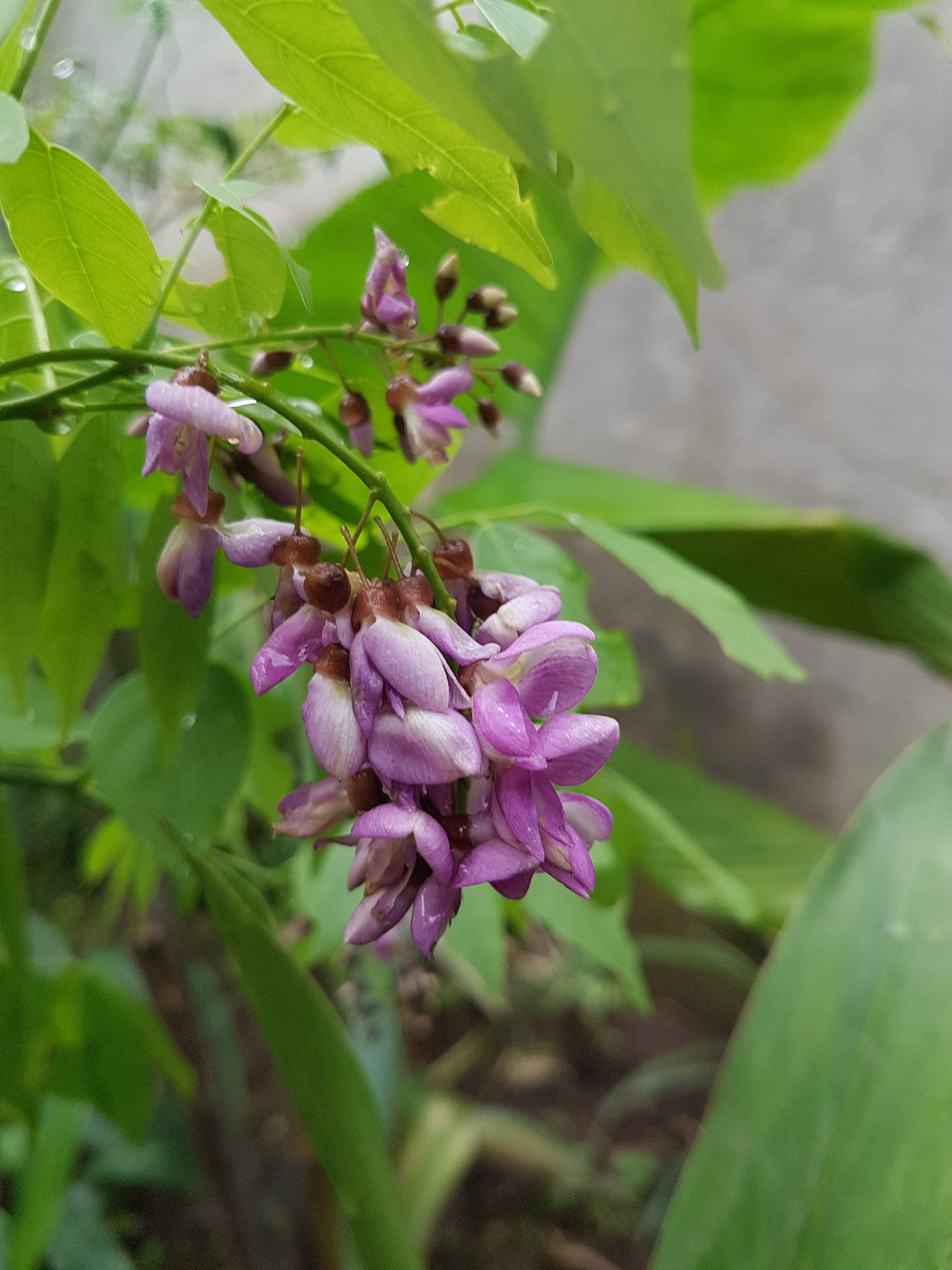Why shall I never read SCRA the same again?
Every law student is not a happy reader of the Supreme Court Reports Annotated or simply called SCRA. Deep inside the law student's psyche, the SCRA is already associated with the voluminous pages to read and recite in class.
As a law student I read SCRA because I should prepare for a quiz or long examination. There is no pleasure in reading the cases decided by the Supreme Court because they are either lengthy or because they are part of an examination. I only get to be hooked with SCRA every time I chanced to pass upon the annotation which discusses some fine points of the decision vis-a-vis established principles in law.
I often heard my professors sigh over the fact that most of the SCRA cases are of rape, murder and other heinous crime. This is of course the case because these heinous crimes bear the heaviest penalty and given the nature of the penalty, there is of course a need to closely review the findings of the lower courts.
I heard former justices sigh over their "own work of art." They say that the highest courts's final disposition is not final because they can be overturned once more by another set of division. I also heard them criticize their own work because it's absurd, but then as the joke goes, if the supreme court errs, it becomes part of the law of the land.
Then why am I giving this essay a title which is 360 degrees away from these thoughts?
After years in trial practice, I came to understand that judges take the remedy of "certiorari for grave abuse of discretion" personally. I thought that is not something personal because that is a written remedy under the rules despite the fact that they are grounded on "grave abuse of discretion." Now, I admire bull-headed practitioners who try to come all the way to the supreme court to test the waters for their legal theory because aside the hardwork they invested, they also go through the tiger eye of the judges.
Did I mention hardwork? Yes, it is a hardwork to come all the way to the supreme court. Aside from the mental resources, the practitioner has to pass through the mtc-rtc-ca-sc pathway. Each way, one has to photocopy pleadings and exhibits/annexes from 12 to many more copies and they must be certified true photocopies. That's hardwork if we are talking about 200-page pleading plus annexes times let's say, at least 12 copies. Yes, the copies now are diminished because of the adoption of filing an accompanying softcopy.
But then, what we are reading in SCRA right now must have been a result of the old-school photocopies or worse, carbon copies days.
It is waiting like forever. While it sounds great to be so enthusiastic that once a practitioner is upheld by the highest court of the land, he is enriching the jurisprudence, this must be weighed as to the benefit a client gets in relation to the years to be spent waiting to be upheld. Yes, the route to the supreme court is not only heavy with papers but also lengthen with years of waiting. I admire the practitioners who persist. Sometimes, practicality on the part of client overtakes the need to be adjudged favorably by the supreme court.
Now, substance is not everything there is when trying to reach the supreme court. It is not named as it is -- supreme -- if it is that easy to access, I guess. Aside from the substance and brilliant untested legal theory, one has to make sure that the remedy is correct and that all of the formal requirement is observed too. I admire the practitioners who persist.
SCRA cases are not merely automatic reviews but they are also results of practitioner's hardwork, persistence and brilliance. Now I can read SCRA cases without pressures of recitation, quiz, or examination. Hence, I shall never read SCRA the same again.




Comments
Post a Comment